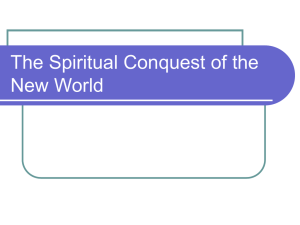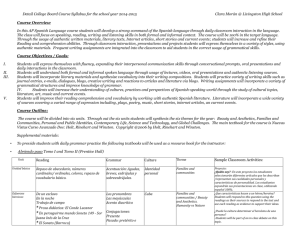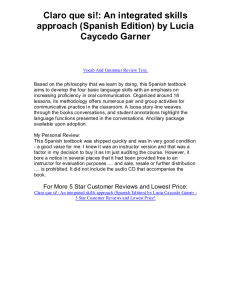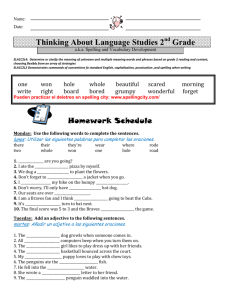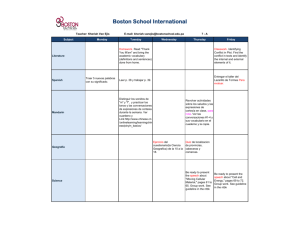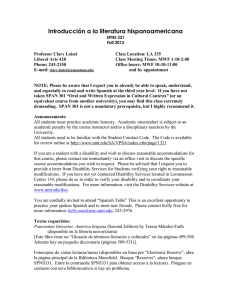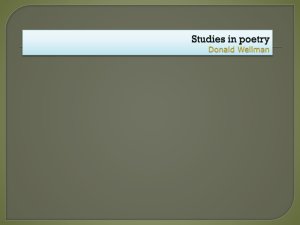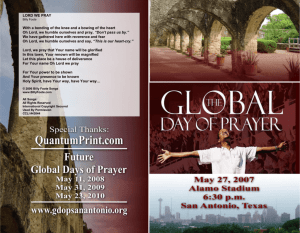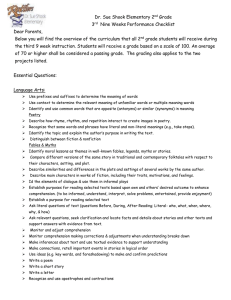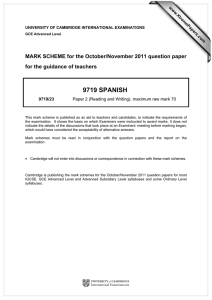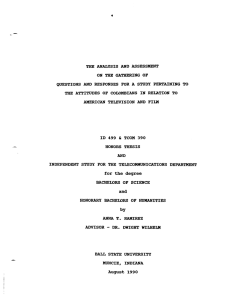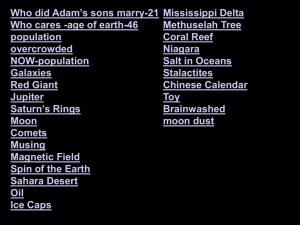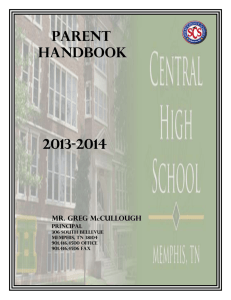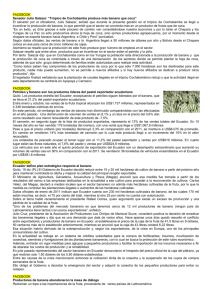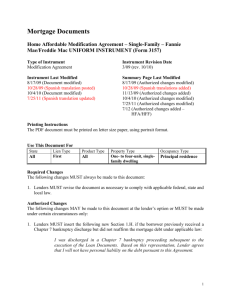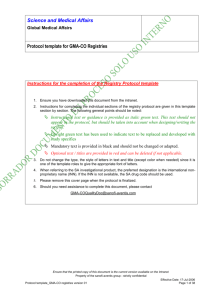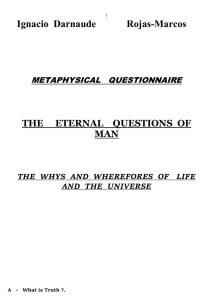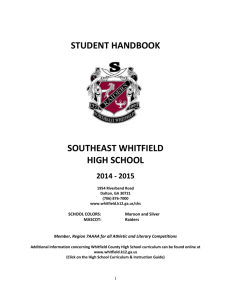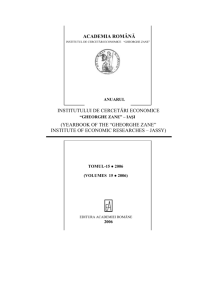AP Spanish Literature Profesora: Dr. Marina Izquierdo Carter Libro
advertisement
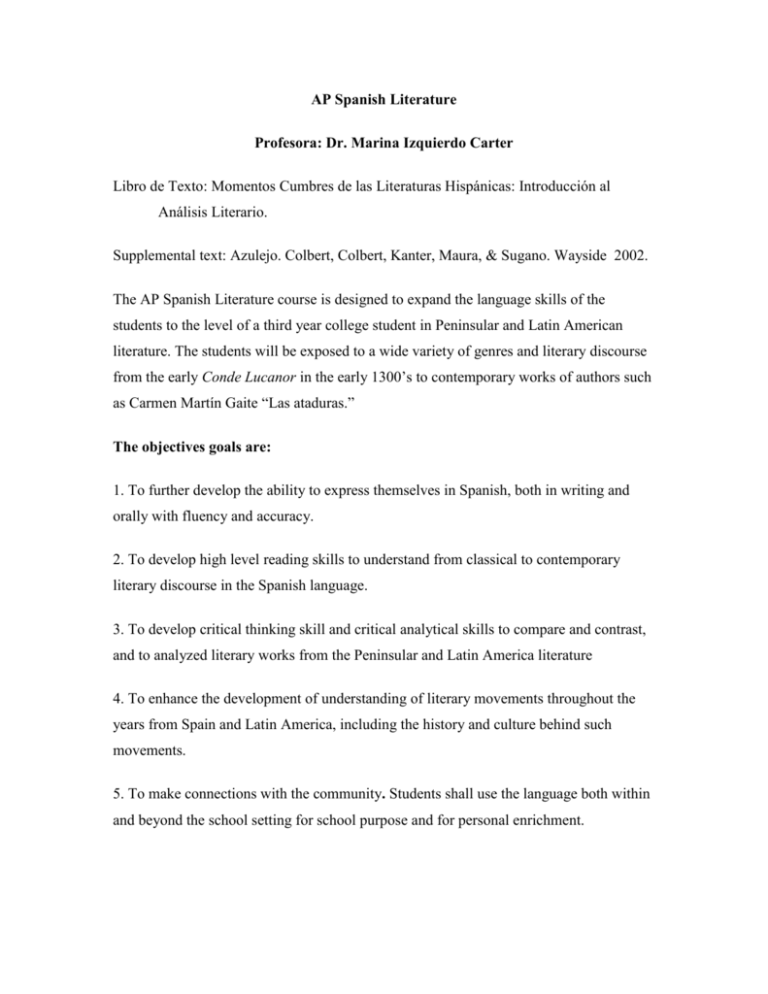
AP Spanish Literature Profesora: Dr. Marina Izquierdo Carter Libro de Texto: Momentos Cumbres de las Literaturas Hispánicas: Introducción al Análisis Literario. Supplemental text: Azulejo. Colbert, Colbert, Kanter, Maura, & Sugano. Wayside 2002. The AP Spanish Literature course is designed to expand the language skills of the students to the level of a third year college student in Peninsular and Latin American literature. The students will be exposed to a wide variety of genres and literary discourse from the early Conde Lucanor in the early 1300’s to contemporary works of authors such as Carmen Martín Gaite “Las ataduras.” The objectives goals are: 1. To further develop the ability to express themselves in Spanish, both in writing and orally with fluency and accuracy. 2. To develop high level reading skills to understand from classical to contemporary literary discourse in the Spanish language. 3. To develop critical thinking skill and critical analytical skills to compare and contrast, and to analyzed literary works from the Peninsular and Latin America literature 4. To enhance the development of understanding of literary movements throughout the years from Spain and Latin America, including the history and culture behind such movements. 5. To make connections with the community. Students shall use the language both within and beyond the school setting for school purpose and for personal enrichment. Classroom Organization The AP class is totally conducted in Spanish, the students should be prepared to speak only Spanish in the classroom. This is an Active Learning class and there is a great deal of reading and discussions in this class. The student will be actively involved in the learning process and acquisition of the Spanish and Spanish literature. There is also a great deal of ambiguity as many of the central questions for the AP Lit class deals with very ambiguous philosophical issues. For example, Unamuno's main theme is the constant struggle between Faith and Reason, the immortality of the soul or just the mortality of the flesh? Another example would be the questions posed by Borges's work. Are we the creation of God, or just the representation of God's dreams? Is our destiny something we can change, or is it a futile struggle for us to change anything? How would an American writer solve the conflict differently from a Latin-American writer? The daily routine of the class will include, ten minutes of writing (based on the readings), class discussions, group work, individual input, and presentations. There will be two films based on two authors from the reading list. Reading, speaking, and writing are of utmost importance for AP Literature class. You will be asked to do presentations on a specific authors or works from the reading list. Materials needed: Text book, a journal notebook, a folder, a flashcard notebook, a regular note book. Course Reading List, Overview, and Description The reading would follow chronological order as much as possible, to group together authors from the same time periods and literary movements. The grouping of authors by literary movements would also serve as a thread to give us a stronger sense of connection and understanding between the history and culture behind the philosophical ideas and forces that shaped Peninsular and Latin America literature. Reading List by Works Periods and Authors : First Quarter: August- October 2 Medieval, Renaissance, and Golden Age Literature. Also, introduction to the study of Spanish versification, and technical recourses in Spanish poetry. Mayor Themes: Honor/deshonor, la capacidad y tenacidad del individuo, carpe diem, crítica social y política, exploración y descubrimiento, justicia divina. 1. Conde Lucanor, exemplo XXXV “Lo que sucedió a un mozo que casó con una mujer muy fuerte y muy brava.” Don Juan Manuel, Infante de Castilla. 2-3. Romanceros, “Romance del rey moro que perdió la Alhama” and “Romance del conde Arnaldos.” Anónimos. 4-7. Naufragios, Capítulos XII, XX, XXI, and XXII. Alvar Nuñez Cabeza de Vaca. 8. “En tanto que de rosa y azucena.” Garcilaso de la Vega. 9. Lazarillo de Tormes. Anónimo. 10. El ingenioso hidalgo don Quijote de la Mancha. Miguel de Cervantes Saavedra. 11. El Burlador de Sevilla y convidado de piedra. Gabriel Téllez (Tirso de Molina). Barroco MayorThemes: La lucha contra los estereotipos de géneros, carpe diem, decadencia del imperio español 12. “En perseguirme mundo ¿que interesas?” Sor Juana Inés de la Cruz. 13. “hombres necios que acusáis.” Sor Juana Inés de la Cruz. 3 14. “Mientras por competir con tu cabello.” Luís de Góngora y Argote. 15. “Miré los muros de la patria mía.” Francisco de Quevedo y Villegas. Second Quarter: October- December Mayor Themes: Libertad y libertad personal, el amor y la pasión, crítica social y política, realismo mágico. Romanticismo 16. “Canción del pirata.” José de Espronceda. 17. “En una tempestad.” José María Heredia. 18-23. “Yo soy ardiente, yo soy morena,” “Volverán las oscuras golondrinas,” “No digáis que agotado su tesoro” ¿Qué es poesía? Gustavo Adolfo Bécquer. 24. Vuelva usted mañana. Mariano José de Larra. 25. El alacrán de Fray Gómez.” Ricardo Palma. Realismo and Naturalismo Mayor Themes: Crítica social y política. Relaciones de familia. 26. !Adiós, cordera! Leopoldo Alas (Clarín). 27 “El hijo.” Horacio Quiroga. 4 Modernismo Mayor Themes: El amor y la pasión, Crítica social y política, la lucha contra los estereotipos de géneros, la hipocresía, el papel de la mujer en la sociedad. 28-31. Cantos de vida y esperanza: Poema VI “Canción de otoño en primavera.” Poema XLI “lo fatal.” Poema VIII “A Roosevelt.” Rubén Darío. 32-33. “Dos patrias.” Versos sencillos: “Yo soy un hombre sincero.” José Martí. 34-35. “Tú me quieres blanca,” “Peso Ancestral.” Alfonsina Estorni. 36. “A Julia de Brugos.” Julia de Burgos. Third Quarter: January-March Generación del 98 Mayor Themes: El papel de la religión en la sociedad española, la fe contra la razón, los caminos de la vida, carpe diem. 37. San Manuel Bueno, mártir. Miguel de Unamuno. 38-40. “He andado muchos camino,” “La primavera besaba,” “Caminante son tus huellas.” Antonio machado. Vanguardismo and Generación del 27 Mayor Themes: 5 La tragedia de los prejuicios sociales en Andalucía, el honor/deshonor, la opresión, la represión sexual, la soledad, la marginación y discriminación de los gitanos, el amor, el existencialismo, imágenes étnicas. 41-43. La casa de Bernarda Alba. Romancero gitano, 2 romances. Federico García Lorca. 44-45. Veinte poemas de amor y una canción desesperada: poema 15, “Me gustas cuando callas porque estás como ausente.” Residencia en la Tierra 2: “Walking around.” “Oda a la alcachofa.” Pablo Neruda. 46. “El delantal blanco.” Sergio Vodanovic. 47. “Balada de los dos abuelos.” 44. “Sensemayá.” Nicolás Guillén. Post Spanish Civil War Mayor Themes: Las relaciones entre padres e hijos, y esposos, decadencia del orden establecido. 48. “Las ataduras.” Carmen Martín Gaite. Fourth Quarter: March-May Boom of the Latin American Narrative Mayor Themes: El poder de las palabras, dualidad del individuo, el realismo mágico, la realidad y los sueños, la crítica social, las relaciones entre padre e hijo, la importancia de los antepasados y nuestras raíces. 49. “Dos palabras.” Isabel Allende. 6 50. “Autorretrato.” Rosario Castellanos. 51-53. “El sur,” “La muerte y la brújula,” “Continuidad en los parques.” Jorge Luís Borges. 54. “La noche boca arriba.” Julio Cortazar 55. “Chac Mool.” Carlos Fuentes. 56-58. “Un día de estos,” “La prodigiosa tarde de Baltasar,” “La siesta del martes,” “La viuda de Montiel,” “Un señor muy viejo con unas alas muy enormes.” Gabriel García Márquez. 59. “¿No oyes ladrar a los perros?” Juan Rulfo. 60. “Mi caballo Mago.” Sabine Ulibarre. I must emphasize that your integrity and your honesty are the most important elements you can bring to the classroom. As you can see by the reading list, it is a very rigorous course. Avoid getting behind with the reading assignments or the work. Grades: The grades for this class are based on class/group discussions and participation concerning the readings, bi-weekly quizzes, the completed homework written assignments, projects/ presentations, journals, and tests. The tests consist of writing critical analyses of the literary works covered in class and multiple choice questions. The tests and quizzes will follow the type of questions and style given by the AP College Board. Participation: (you participation in class should show that you are keeping up with the readings) ……………………………………………………………… 50 points Quizzes: …………………………………………………………………….. 50 points Tests: ………………………… …………………………………………… 100 points 7 Presentation/project : ………………………………………......................50 points Homework: ………………………………………….....................25 points per week Journals: ……………………………………………………………………. 75 points Plagiarism: Plagiarism of any sort is completely unacceptable. Lifting sentences or presenting another’s ideas as one’s own is STEALING. Plagiarism applies to texts, reference materials, and the internet. The use of an online translator is a form of plagiarism. Cheating of any sort is a serious breach of the Honor Code and will be a detriment to your success in this course. The focus in the course is on your writing and speaking, your ideas, your analysis and your growth. You will not learn anything if you do not do your own work. Incidents of plagiarism will result in no credit for the assignment and may be forwarded to the Student Court. Remember that plagiarism could jeopardize your academic standing both at Hume - Foog and in the future. Finalmente, bienvenidos a la clase de AP de Literatura. 8
